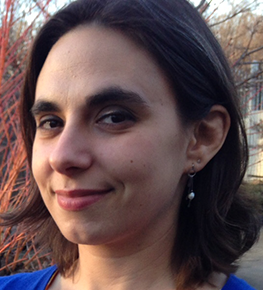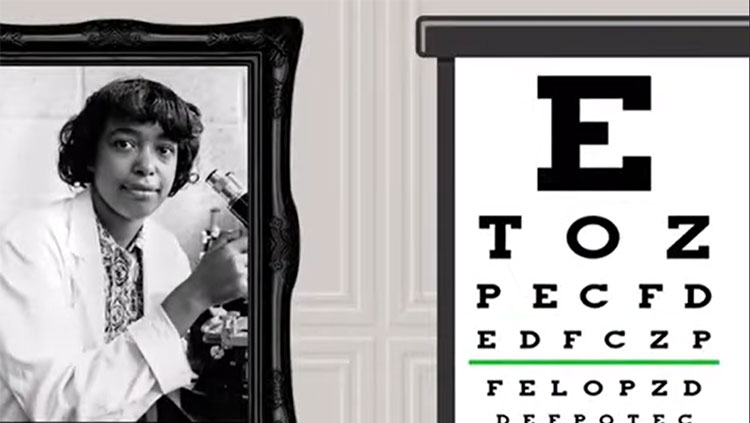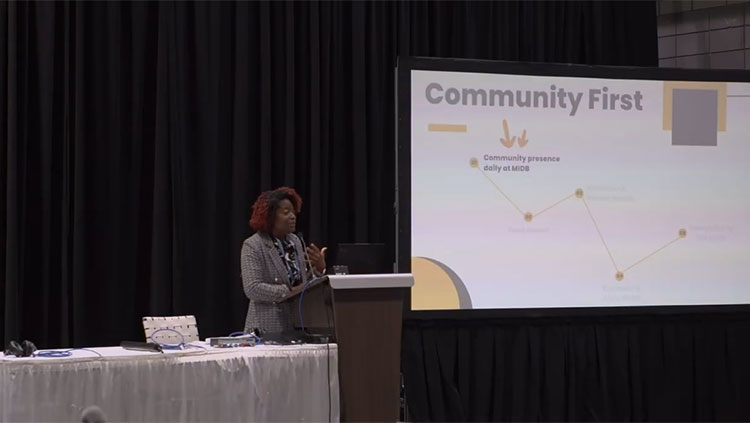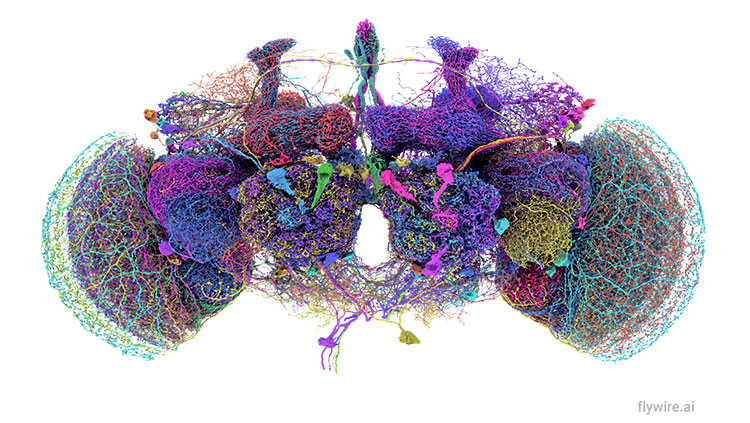Brief: CRISPR and the Latest Research on Cutting Edge Gene-Editing Techniques
- Published5 Jan 2016
- Reviewed5 Jan 2016
- Author Hilary Gerstein
- Source BrainFacts/SfN
On November 17, genetics experts, medical advocates, and lawmakers gathered on Capitol Hill to discuss the latest research on cutting edge gene-editing techniques. The briefing was presented by the Personal Genetics Education Project (pgEd), a group based out of Harvard Medical School dedicated to using public forums to educate individuals and organizations about genetics issues.
In order to inform legislators about the rapidly developing gene-editing technologies that may soon play a major role in science and medical policy, a panel of experts gathered to discuss their research on the topic. The panel included George Church, a professor of genetics at Harvard, Jennifer Doudna, a University of California, Berkeley professor of molecular and cell biology and of chemistry, and Diana Bianchi, a professor at the Tufts University School of Medicine.
Bianchi began the session with a presentation on advances in genetics that have made prenatal screenings both safer and more accurate than ever before. Instead of performing an invasive procedure to gather cells from the placenta, as is still done in high-risk pregnancies, doctors are now able to assess the health of the developing fetus by examining the small fragments of placental DNA that circulate freely in the mother’s bloodstream. Moreover, these non-invasive tests are more accurate than earlier generations of prenatal screening, showing fewer false positives and false negatives. As both a clinician and a researcher, Bianchi is using these screening procedures in her own practice and can speak firsthand to the impact they are having on patients, giving them more accurate genetic information at earlier stages in their pregnancies. Bianchi predicts that genomic testing and gene-editing technologies may soon go one step further and enable doctors to actually treat genetic abnormalities in utero.
Doudna followed this presentation with a detailed history of the CRISPR-Cas system, which underlies much of the groundbreaking gene-editing techniques currently under investigation. CRISPR (Clustered Regularly Interspaced Short Palindromic Repeats) refers to short, repeating sequences of DNA that are spaced out in the genome, and Cas refers to specific proteins. Found in bacteria, the CRISPR-Cas system helps fend off viral infections. Doudna and her colleague Emmanuelle Charpentier, now at the Max Planck Institute for Infection Biology in Germany, are credited with devising a way to use CRISPR-Cas to edit the genomes of plants, animals, and potentially humans. Researchers attach the genetic code for a target gene to a Cas protein, and when the protein identifies the matching DNA it can snip it out or replace it. By making targeted alterations to the DNA of specific cells, scientists hope to study the development of a variety of diseases or even change mutated genes to prevent or halt disease. Importantly, if these sorts of alterations were performed on germ line cells (eggs and sperm), the genetic changes would be passed on to the next generation. As a result, ethical concerns about this kind of genome engineering have been the topic of consideration at several recent meetings of policymakers around the world, including at the National Institutes of Health this past month.
Church concluded the session with a description of several potential applications for Doudna and Charpentier’s CRISPR-Cas system, which he and other scientists have helped optimize for use in mammalian cells. Using this technology to create what’s called a ‘gene drive,’ it is possible to ensure that all of an individual’s offspring inherit a particular DNA sequence instead of leaving the inheritance to chance. In a gene drive system, Church explained, the populations of disease-carrying animals could be controlled, preventing outbreaks. For example, scientists could engineer a mosquito to be resistant to malaria. When released into the wild, the mosquito would then spread the malarial resistance to 100 percent of its offspring, thus eventually sweeping through the entire population and halting the spread of the disease to other mosquitos and humans. Church explained other potentially wide-reaching applications for this type of technology, such as altering pig organs to make them suitable for human organ transplants — minimizing the risk of rejection — or even using the genome like a computer. Much like a computer encodes information using a binary code of 0s and 1s, Church has encoded information using the chemical building blocks of DNA. Using specific sequences of these chemicals to represent letters, he has assembled long strands of DNA that are then packaged in single cells. An enormous amount of data can be stored in microscopic packages. For example, 70 billion copies of Church’s popular science book, Regenesis, only take up as much space as a single drop of liquid when encoded using DNA, dwarfing the storage capabilities of even our most modern computers. As Church explained, we are still just beginning to explore the possibilities of gene-editing technology.
The briefing was sponsored by U.S. Representative Louise Slaughter (D-NY), and Senator Elizabeth Warren (D-MA) in an effort to educate policymakers and the public about the science behind the newest genetic technologies and potential concerns regarding its benefits and risks.
CONTENT PROVIDED BY
BrainFacts/SfN
Also In Supporting Research
Trending
Popular articles on BrainFacts.org


















